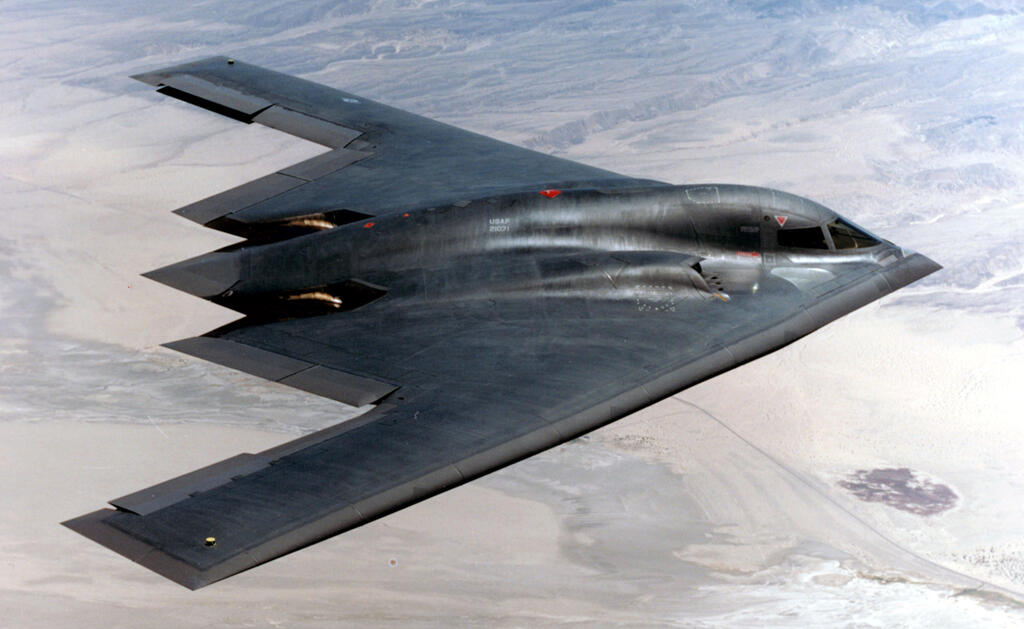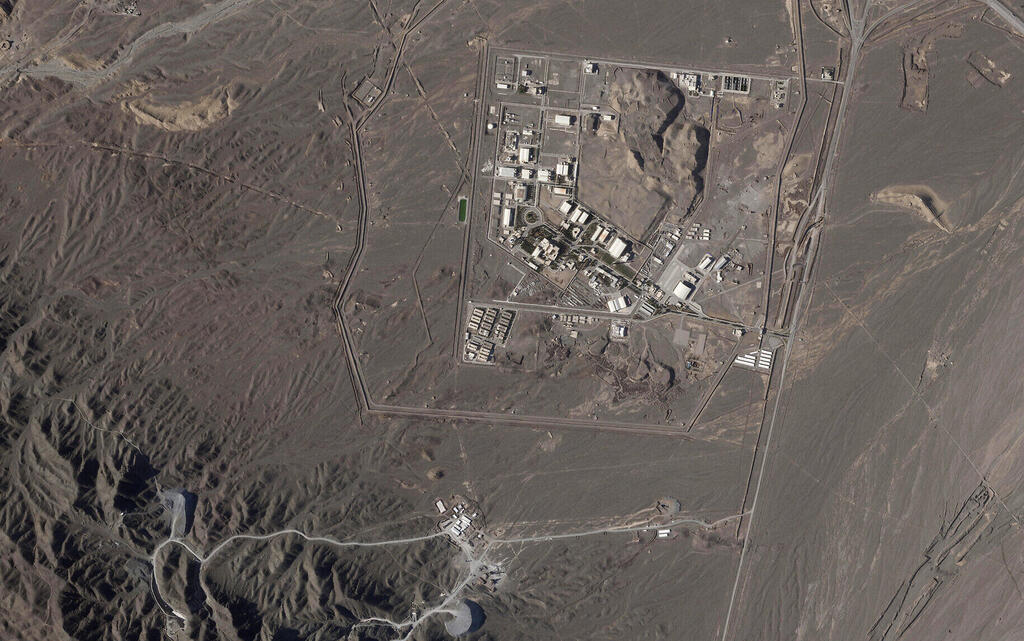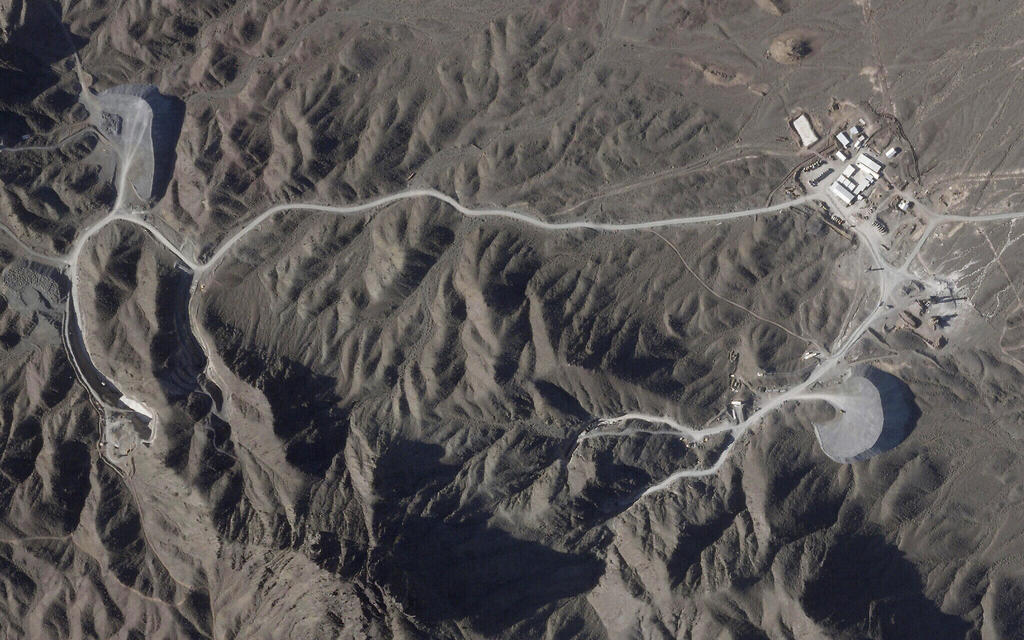Getting your Trinity Audio player ready...
As tensions with Iran have escalated over its nuclear program, the U.S. military this month posted pictures of a powerful bomb designed to penetrate deep into the earth and destroy underground facilities that could be used to enrich uranium.
More Stories:
The U.S. Air Force on May 2 released rare images of the weapon, the GBU-57, known as the "Massive Ordnance Penetrator."Then it took the photos down — apparently because the photographs revealed sensitive details about the weapon's composition and punch.
5 View gallery
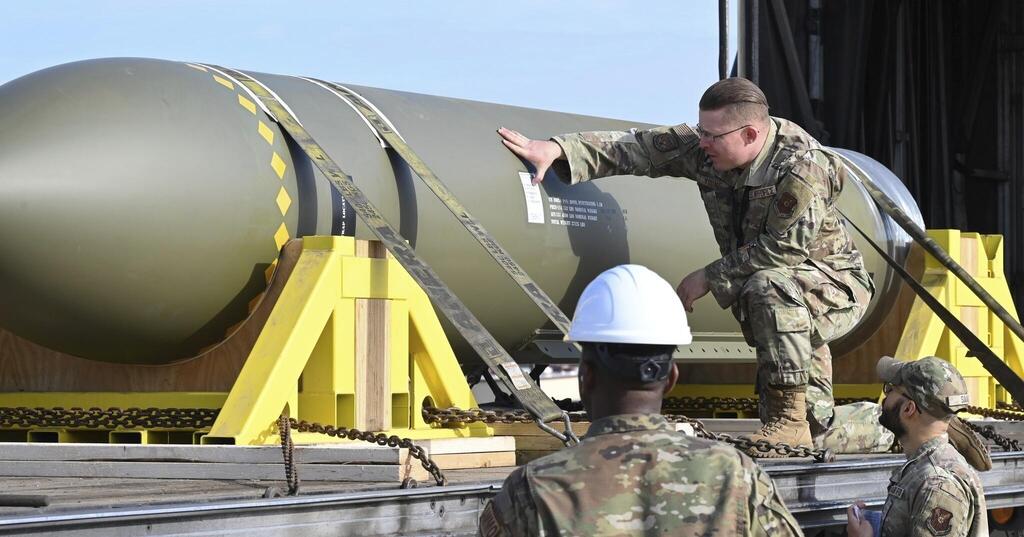

Airmen look at a GBU-57, or the Massive Ordnance Penetrator bomb, at Whiteman Air Base in Missouri
(Photo: U.S. Air Force via AP)
The publication of the photographs comes as The Associated Press reported that Iran is making steady progress in constructing a nuclear facility that is likely beyond the range of the GBU-57, which is considered the U.S. military last-ditch weapon to take out underground bunkers.
What do we know about the weapon?
The U.S. developed the Massive Ordnance Penetrator in the 2000s as concerns grew over Iran hardening its nuclear sites by building them underground.
The Air Force posted images of the bombs on the Facebook page for Whiteman Air Force Base in Missouri. The base is home to the fleet of B-2 stealth bombers, the only aircraft that can deploy the bomb.
In a caption, the base said it had received two Massive Ordnance Penetrator bombs so a munitions squadron there could "test their performance."
It is not the first time the Air Force has published photos and videos of the bomb that coincided with rising acrimony with Tehran over its nuclear program. In 2019, the U.S. military released a video of a B-2 bomber dropping two of the bombs. The Air Force did not respond to requests for comment on why it posted — and removed — the most recent set of photos.
What did we learn from the photos?
The latest photos revealed stenciling on the bombs that listed their weight as 12,300 kilograms (27,125 pounds). It also described the bomb as carrying a mix of AFX-757 — a standard explosive — and PBXN-114, a relatively new explosive compound, said Rahul Udoshi, a senior weapons analyst at Janes, an open-source intelligence firm.
5 View gallery
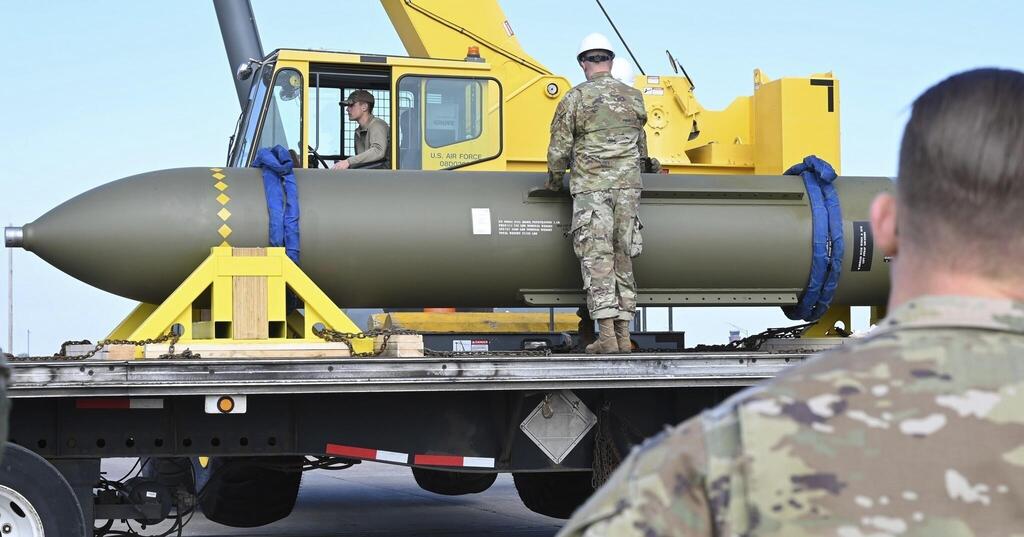

Airmen look at a GBU-57, or the Massive Ordnance Penetrator bomb, at Whiteman Air Base in Missouri
(Photo: AP)
The weight of the bomb, judging from the stenciling, shows the majority of it comes from its thick steel frame, which allows it to chew through concrete and soil before exploding. However, it remains unclear what the exact effectiveness of the weapon would be.
The Warzone, an Internet news site, first reported on the publication of the photographs. The AP contacted Whiteman Air Force Base and the Air Force's Global Strike Command with questions about the images. Within a day, the Facebook post vanished.
Udoshi said the Air Force likely took them down because they revealed too much data about the bombs. "Immediate removal from the internet without comment (or) justification means there is a potential lapse," Udoshi said.
Potential role in targeting Iran's nuclear program
The AP reported on Monday that satellite imagery from Planet Labs PBC reveals Tehran has been digging tunnels in the mountain near the Natanz nuclear site in central Iran. Excavation mounds at the site suggest the facility could be between 80 meters (260 feet) and 100 meters (328 feet) under the ground, according to the experts and AP's analysis.
Experts say the size of the construction project indicates Iran likely would be able to use the underground facility to enrich uranium as well — not just to build centrifuges. Those tube-shaped centrifuges, arranged in large cascades of dozens of machines, rapidly spin uranium gas to enrich it. Additional machines would allow Iran to quickly enrich uranium under the mountain's protection.
That could be a problem for the GBU-57: In previously describing the bomb's capabilities, the Air Force has said it could tear through 60 meters (200 feet) of ground and cement before detonating.
Could the U.S. still try to drop the bomb?
U.S. officials have discussed using two such bombs in succession to ensure a site is destroyed. But even then, the new depth of the Natanz tunnels likely presents a serious challenge.
Further complicating any possible U.S. military strike is that the B-2 had been grounded for months since December when one caught fire after an emergency landing. On Monday, Gen. Thomas A. Bussiere, the commander of the Air Force's Global Strike Command, announced the B-2 grounding had been lifted.
"While the B-2 fleet safety pause is officially over, our ability to deliver nuclear deterrence and provide long-range strike was never in doubt," an Air Force statement said.


